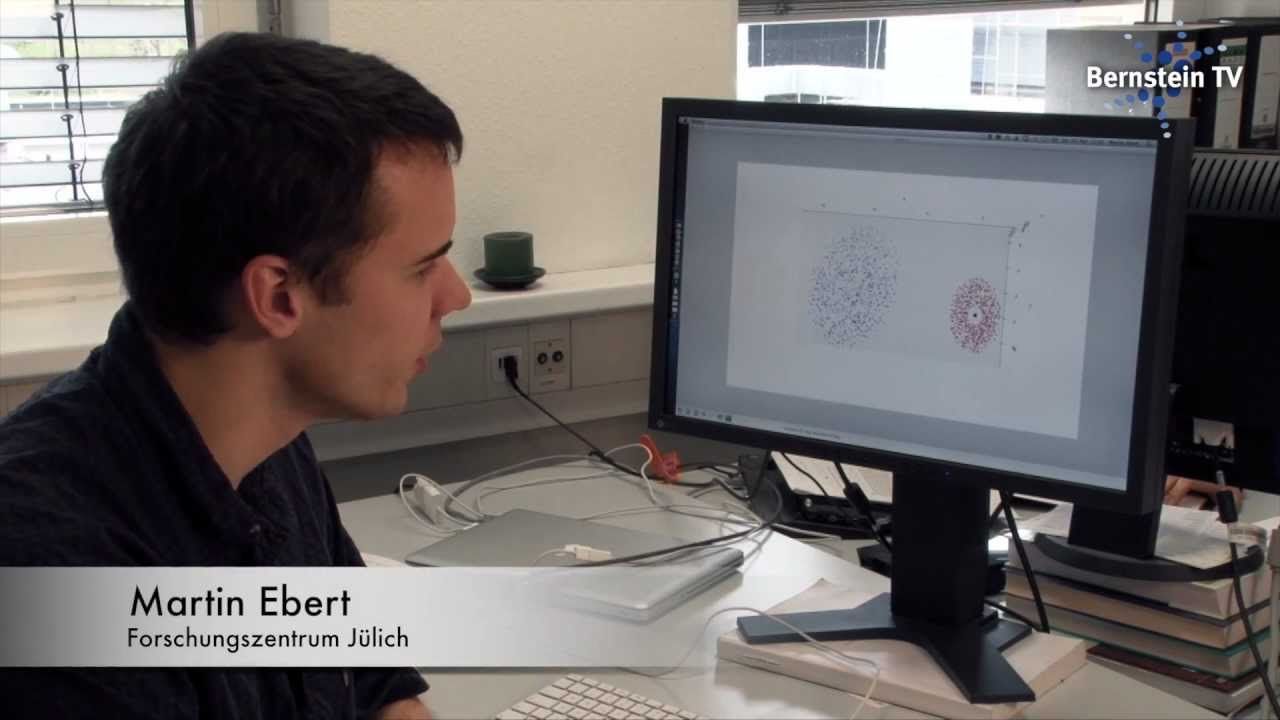Archive for the ‘supercomputing’ category: Page 75
Mar 22, 2018
Optical computers light up the horizon
Posted by Genevieve Klien in categories: mobile phones, space, supercomputing
Since their invention, computers have become faster and faster, as a result of our ability to increase the number of transistors on a processor chip.
Today, your smartphone is millions of times faster than the computers NASA used to put the first man on the moon in 1969. It even outperforms the most famous supercomputers from the 1990s. However, we are approaching the limits of this electronic technology, and now we see an interesting development: light and lasers are taking over electronics in computers.
Processors can now contain tiny lasers and light detectors, so they can send and receive data through small optical fibres, at speeds far exceeding the copper lines we use now. A few companies are even developing optical processors: chips that use laser light and optical switches, instead of currents and electronic transistors, to do calculations.
Mar 22, 2018
New algorithm will allow for simulating neural connections of entire brain on future exascale supercomputers
Posted by Genevieve Klien in categories: information science, mathematics, neuroscience, supercomputing

Amazing.

Mar 5, 2018
Researchers find algorithm for large-scale brain simulations
Posted by Saúl Morales Rodriguéz in categories: biotech/medical, information science, neuroscience, supercomputing
An international group of researchers has made a decisive step towards creating the technology to achieve simulations of brain-scale networks on future supercomputers of the exascale class. The breakthrough, published in Frontiers in Neuroinformatics, allows larger parts of the human brain to be represented, using the same amount of computer memory. Simultaneously, the new algorithm significantly speeds up brain simulations on existing supercomputers.
The human brain is an organ of incredible complexity, composed of 100 billion interconnected nerve cells. However, even with the help of the most powerful supercomputers available, it is currently impossible to simulate the exchange of neuronal signals in networks of this size.
“Since 2014, our software can simulate about one percent of the neurons in the human brain with all their connections,” says Markus Diesmann, Director at the Jülich Institute of Neuroscience and Medicine (INM-6). In order to achieve this impressive feat, the software requires the entire main memory of petascale supercomputers, such as the K computer in Kobe and JUQUEEN in Jülich.
Continue reading “Researchers find algorithm for large-scale brain simulations” »
Feb 19, 2018
Supercomputer on a fingernail, artificial synapse ushers in new AI revolution
Posted by Genevieve Klien in categories: robotics/AI, supercomputing

WHY THIS MATTERS IN BRIEF
There is nothing on Earth like the human brain, even today’s AI doesn’t come close, but now researchers have created an Artificial Synapse that’s 200 million times faster than a human synapse, and one day it will revolutionise AI and computing.
Continue reading “Supercomputer on a fingernail, artificial synapse ushers in new AI revolution” »
Feb 12, 2018
How the United States Plans to Reclaim Its Supercomputer Dominance
Posted by Shailesh Prasad in categories: neuroscience, supercomputing

https://youtube.com/watch?v=oLamZ1RbTrM
It’s a tight race between the U.S. and China for who will build the next supercomputer, set to be as powerful as the human brain.
Feb 11, 2018
Particle interactions on Titan support the search for new physics discoveries
Posted by Genevieve Klien in categories: nuclear energy, particle physics, supercomputing
Nuclear physicists are using the nation’s most powerful supercomputer, Titan, at the Oak Ridge Leadership Computing Facility to study particle interactions important to energy production in the sun and stars and to propel the search for new physics discoveries.
Oct 29, 2017
The New Religions Obsessed with A.I
Posted by Derick Lee in categories: employment, Ray Kurzweil, robotics/AI, singularity, supercomputing
How far should we integrate human physiology with technology? What do we do with self-aware androids—like Blade Runner’s replicants—and self-aware supercomputers? Or the merging of our brains with them? If Ray Kurzweil’s famous singularity—a future in which the exponential growth of technology turns into a runaway train—becomes a reality, does religion have something to offer in response?
Yes, not only is A.I. potentially taking all of our jobs, but it’s also changing religion.
Oct 19, 2017
How Chinese scientists used a supercomputer to solve the ancient puzzle called the Three Body Problem
Posted by Mark Larkento in categories: climatology, space, supercomputing
“Scientists and philosophers… had always assumed that the world worked by physical laws, and if you could measure initial conditions accurately enough, those laws would let you predict the future indefinitely. As James Gleick described it in his book Chaos: Making a New Science, this view was very wrong.”
“There was always one small compromise, so small that working scientists usually forgot it was there, lurking in a corner of their philosophies like an unpaid bill. Measurements could never be perfect,” he wrote. “Scientists marching under Newton’s banner actually waved another flag that said something like this: Given an approximate knowledge of a system’s initial conditions and an understanding of natural law, one can calculate the approximate behaviour of the system. This assumption lay at the philosophical heart of science.”
“Today we know how wrong this assumption was. The Three Body Problem is now recognized as a classic example of a chaotic system. Like the butterfly that causes a hurricane by flapping its wings, it is exquisitely sensitive to initial conditions. The tiniest tweak can have massive consequences down the line.”

SPONSOR CONTENT: The U.S. Department of Energy tasked six major computing companies with researching and developing an exascale supercomputer.
With the ability to run a quintillion calculations per second—that’s a one with eighteen zeros after it—the implications of an exascale computer would touch nearly every facet of our lives, and would provide the opportunity to potentially solve humanity’s most pressing problems. http://theatln.tc/2xc7QLn















